I didn´t know that much about Bologna before booking my train ticket, except that there are many aches, universities, two towers and Pasta Bolognese.
While arriving I realised that Bologna was way bigger than I thought it would be, it took me about forty minutes to walk from my airbnb to the “Old City”, the city centre – Piazza Maggiore. And there were way more towers than the famous two towers! Returned from San Luca and strengthened by caffé and gelato I explored the inner city around the Due Torri.
No small wonder Bologna has earned so many historical monikers. La Grassa (the fat one) celebrates a rich food legacy (ragù or bolognese sauce was first concocted here). La Dotta (the learned one) doffs a cap to the city university founded in 1088. La Rossa (the red one) alludes to the ubiquity of the terracotta medieval buildings adorned with miles of porticoes, as well as the city’s long-standing penchant for left-wing politics. (Lonely Planet)
First settled around 1000 BC Bologna looks back on a rich history from the Etruscans to Napoleon to being under the rule of the Papal States to becoming part of the Kingdom of Italy 1860.
The city developed along the Via Emilia first as an Etruscan and later Roman colony.
“the Via Emilia still runs straight through the city under the changing names of Strada Maggiore, Rizzoli, Ugo Bassi, and San Felice. Due to its Roman heritage, the central streets of Bologna, today largely pedestrianized, follow the grid pattern of the Roman settlement. The original Roman ramparts were supplanted by a high medieval system of fortifications, remains of which are still visible, and finally by a third and final set of ramparts built in the 13th century, of which numerous sections survive. No more than twenty medieval defensive towers remain out of up to 180 that were built in the 12th and 13th centuries before the arrival of unified civic government. The most famous of the towers of Bologna are the central “Due Torri” (Asinelli and Garisenda), whose iconic leaning forms provide a popular symbol of the town.” (Wikipedia)
The city centre is filled with many important monuments from the medieval, renaissance, and baroque times. And full of life!
The taller one of the Due Turri – the Asinelli Tower, built in 1109 to 1119 by the Asinelli family, 97,20 metres high.
The hidden canals of Bologna – there are actually quite a few canals running through the heart of Bologna.
Bologna has a 60 km network of largely covered over canals. As early as the twelfth century the city provided itself with a hydraulic system consisting of locks, canals and underground pipes that distributed the water which was used mainly as an energy source for trades. (Bologna Welcome)
A window in the Via Piella offers an especially picturesque view of one of the canals – around the corner, one can only hear another one but not see.
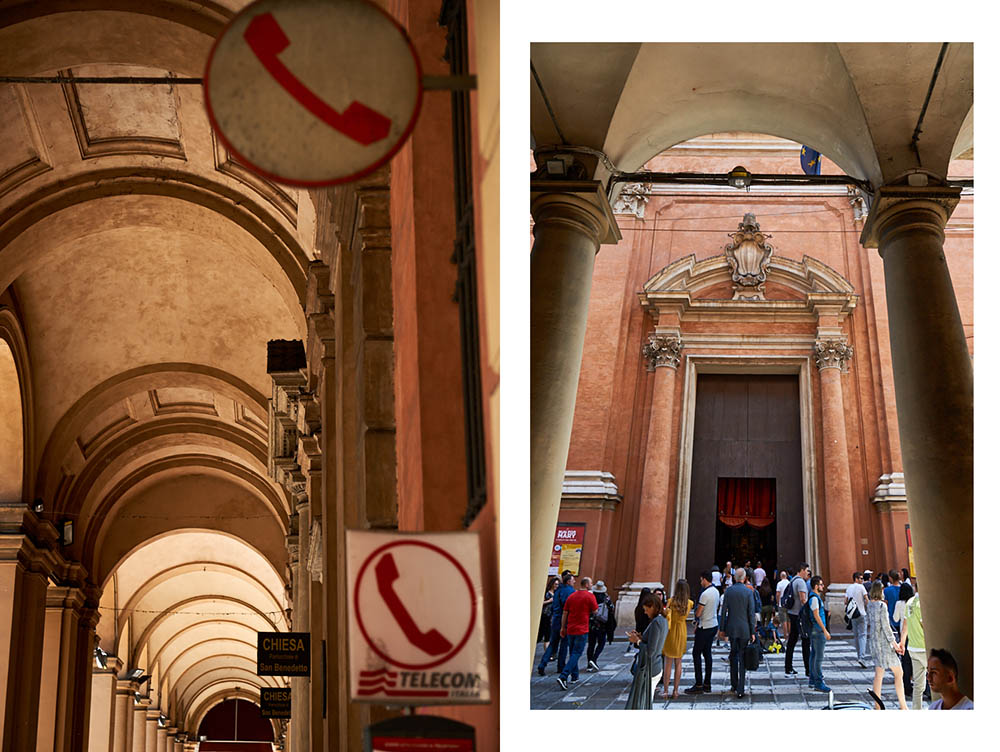

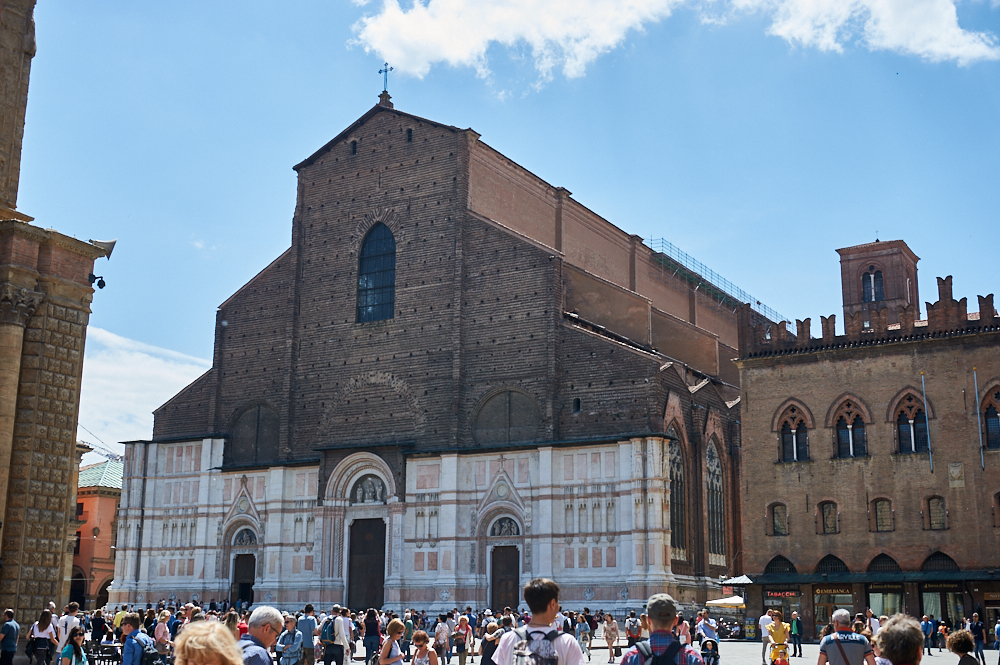
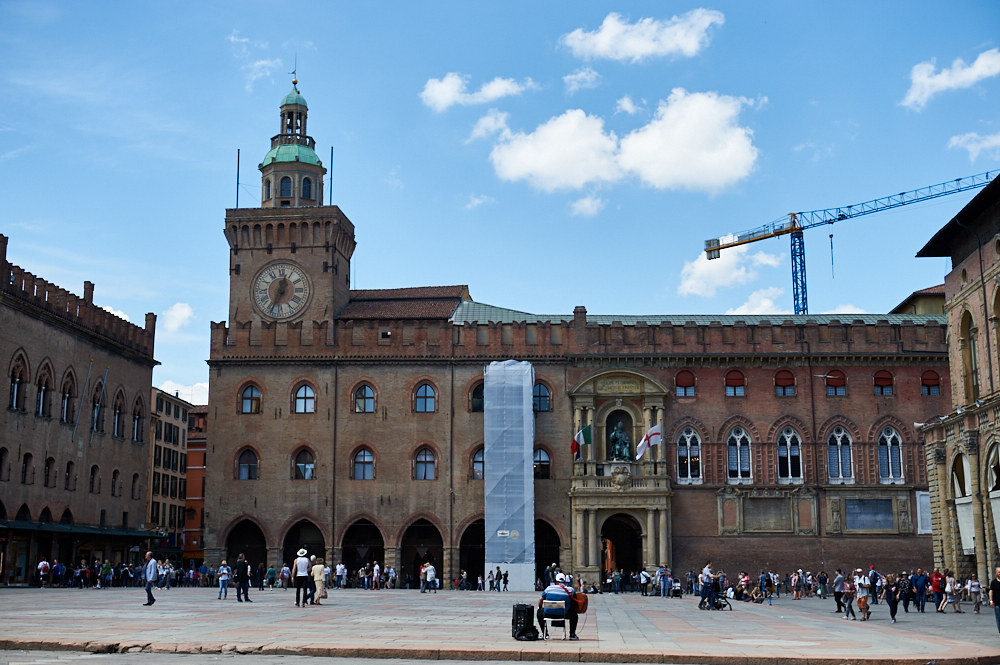
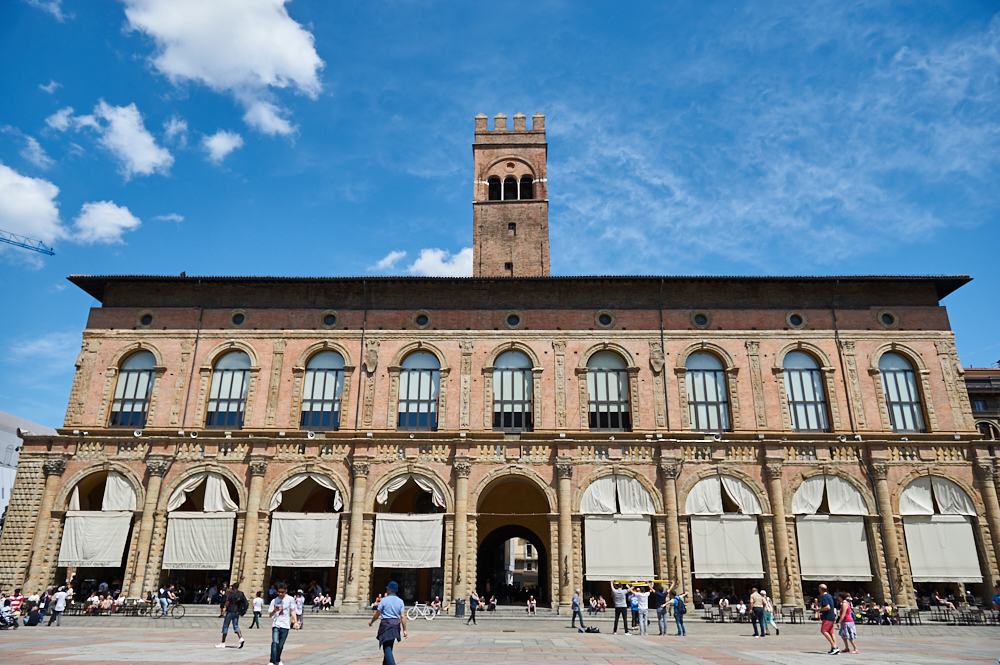
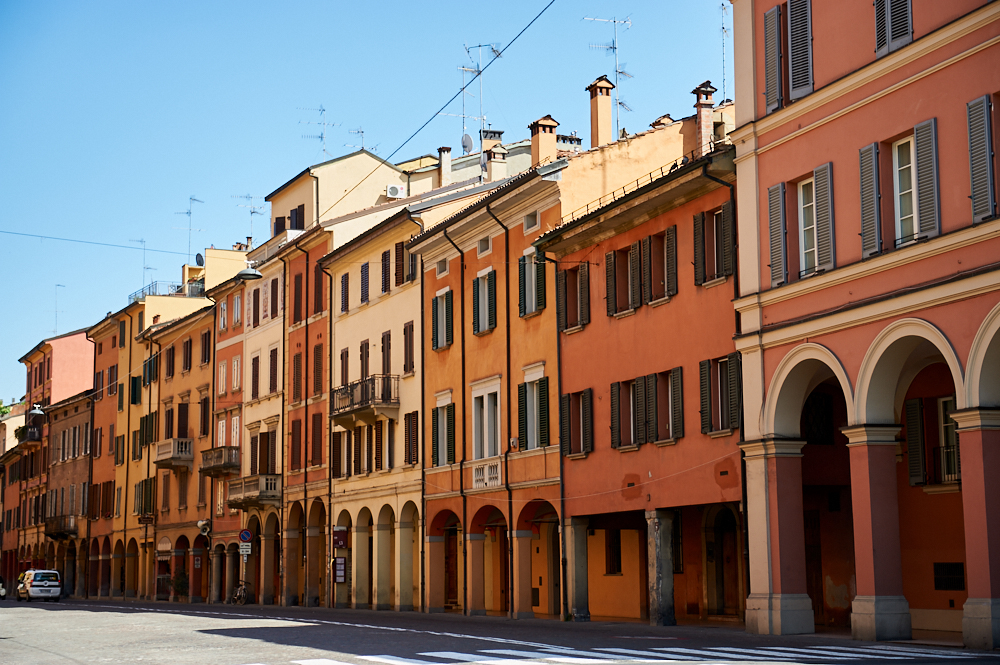

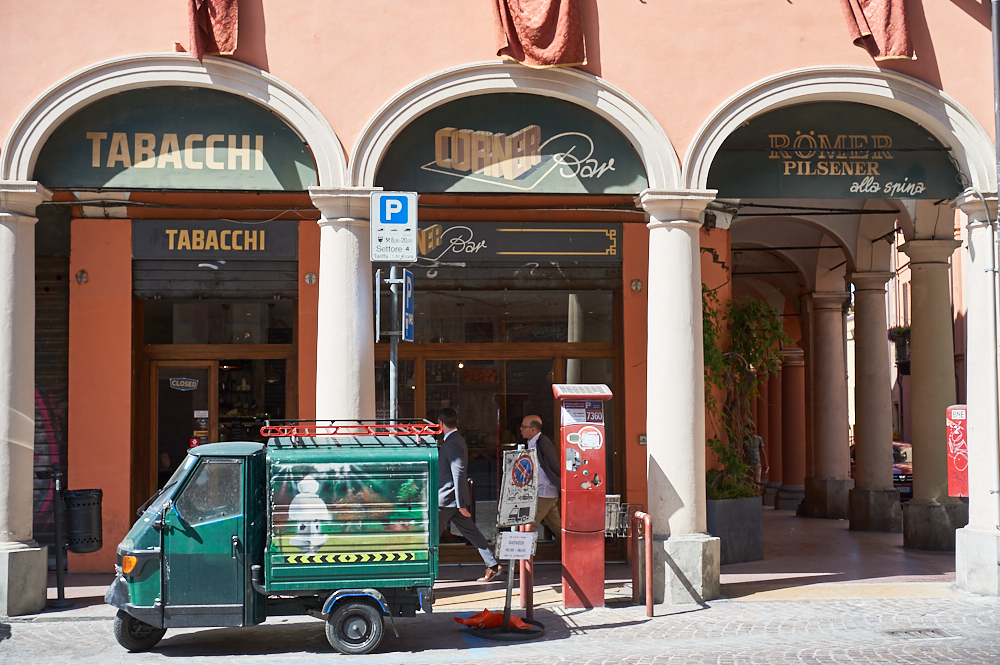
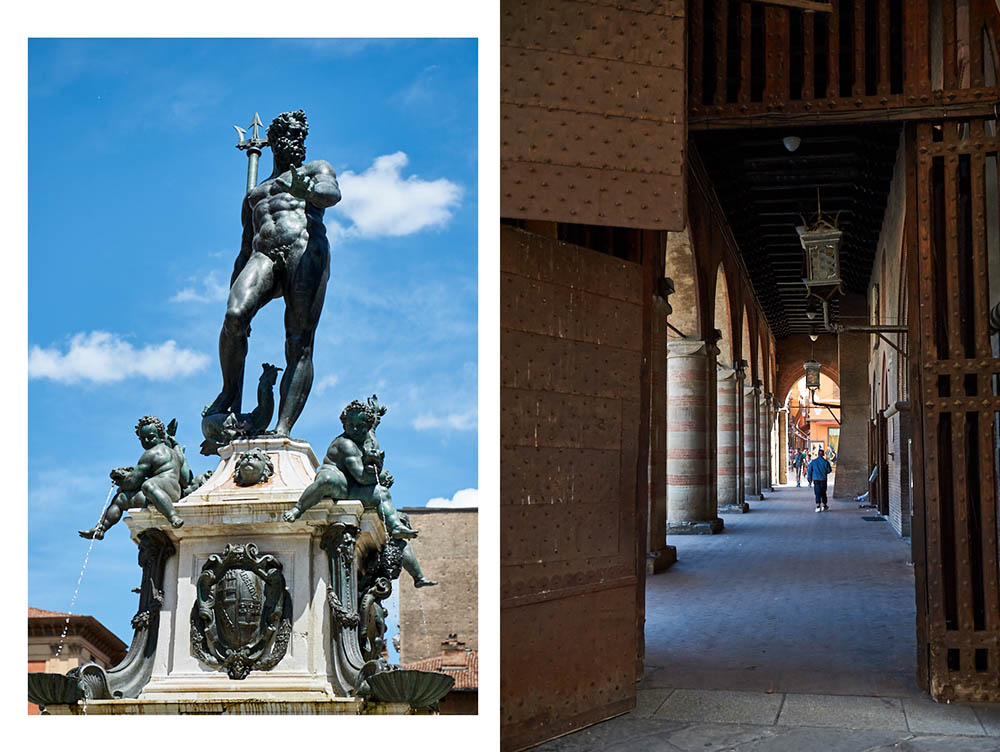

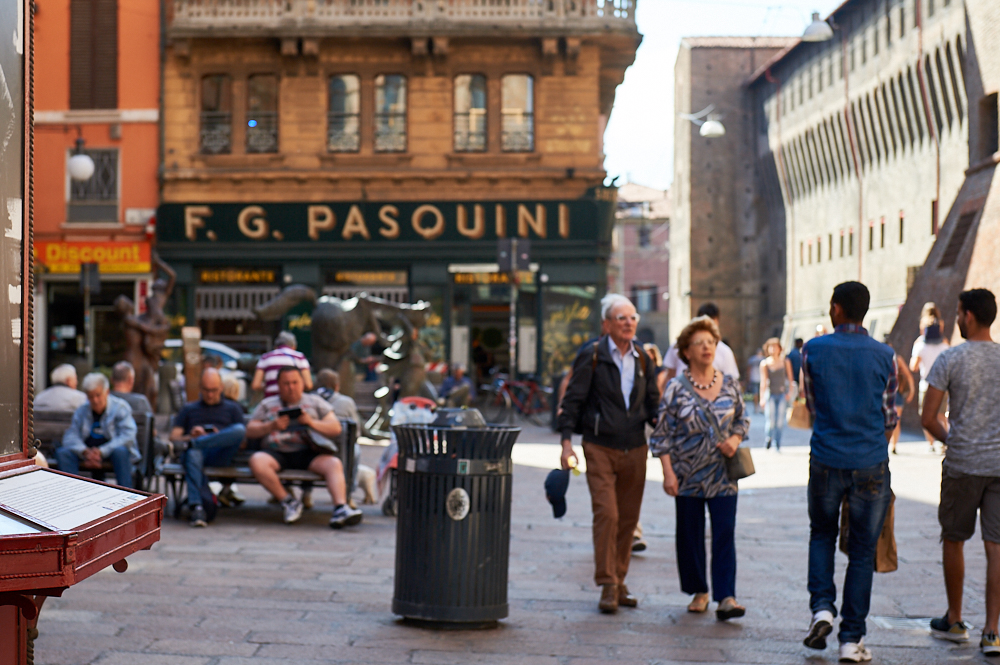

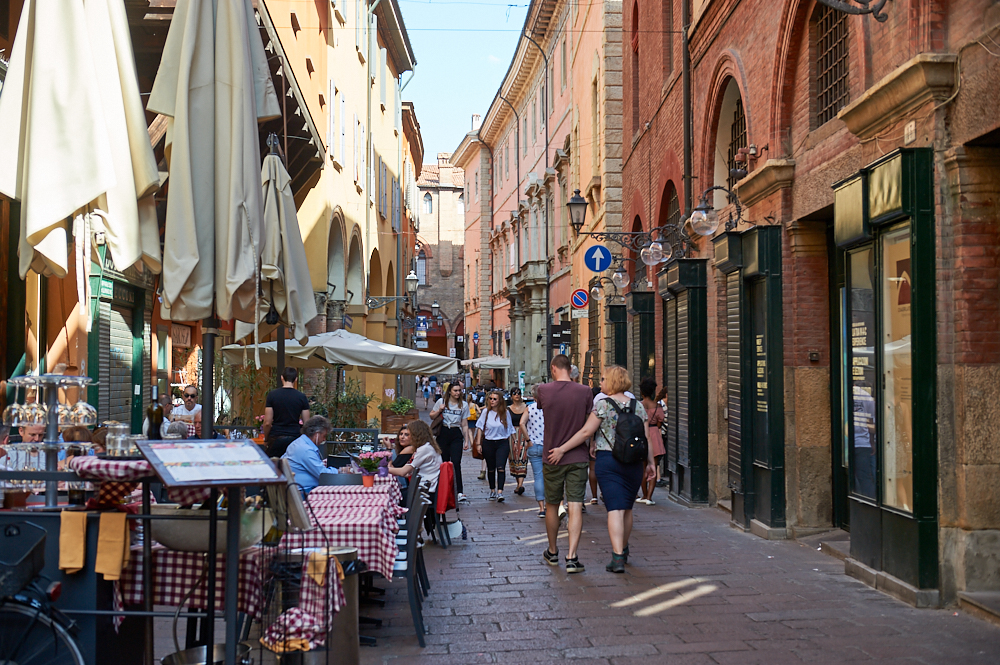

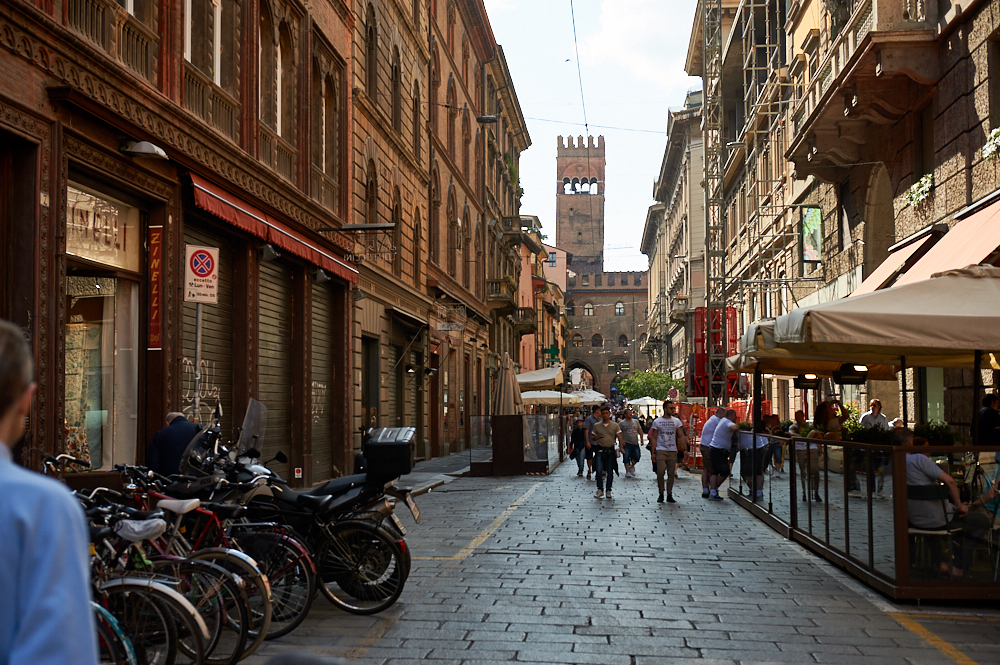

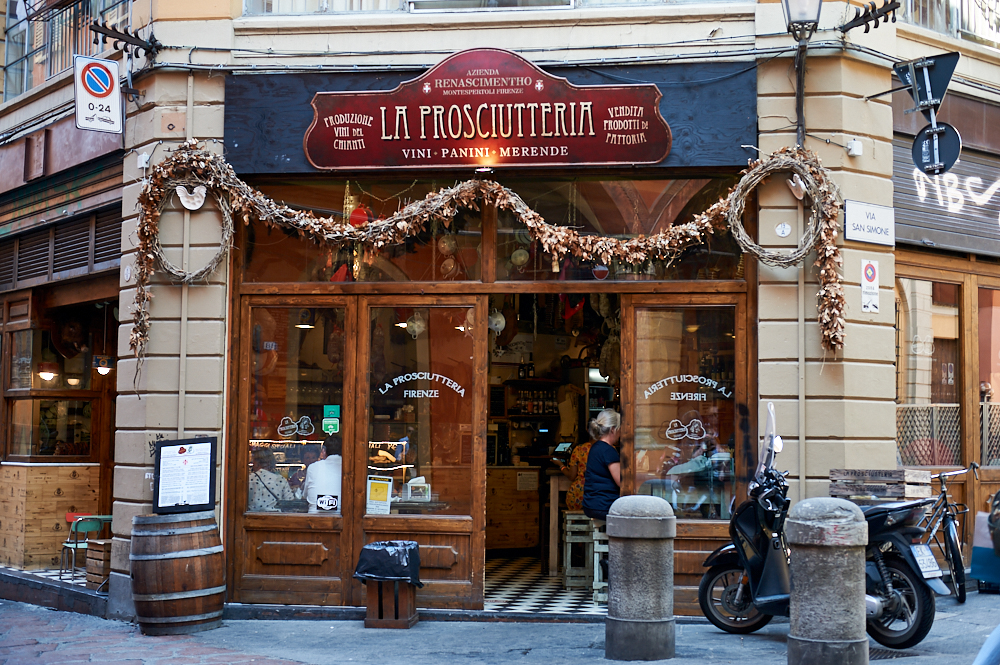
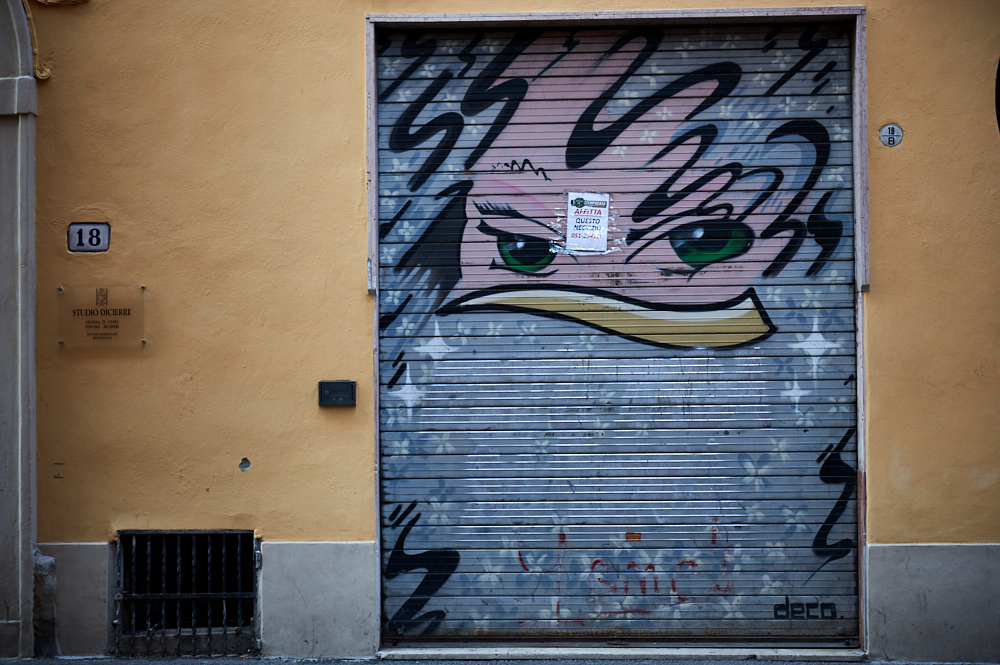
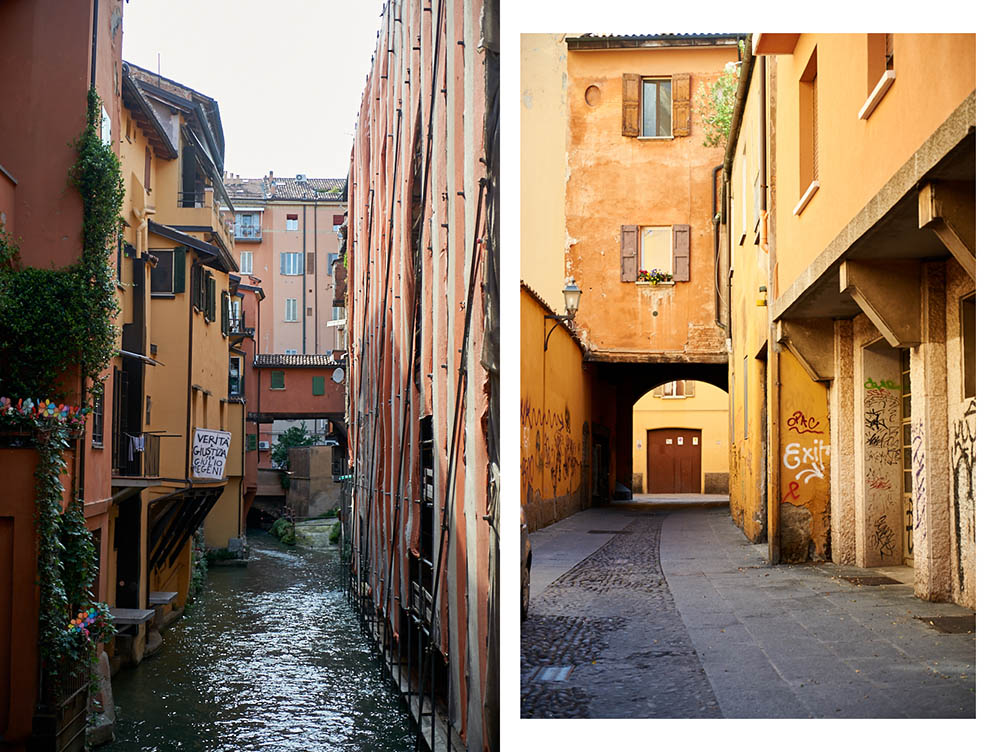
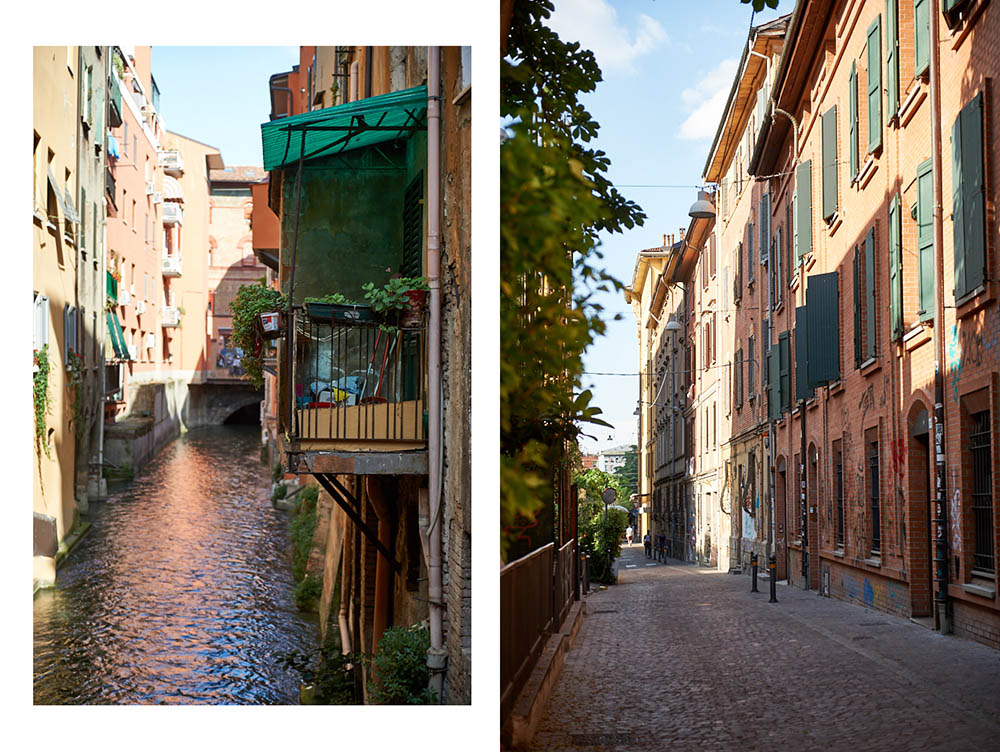
Leave a Reply